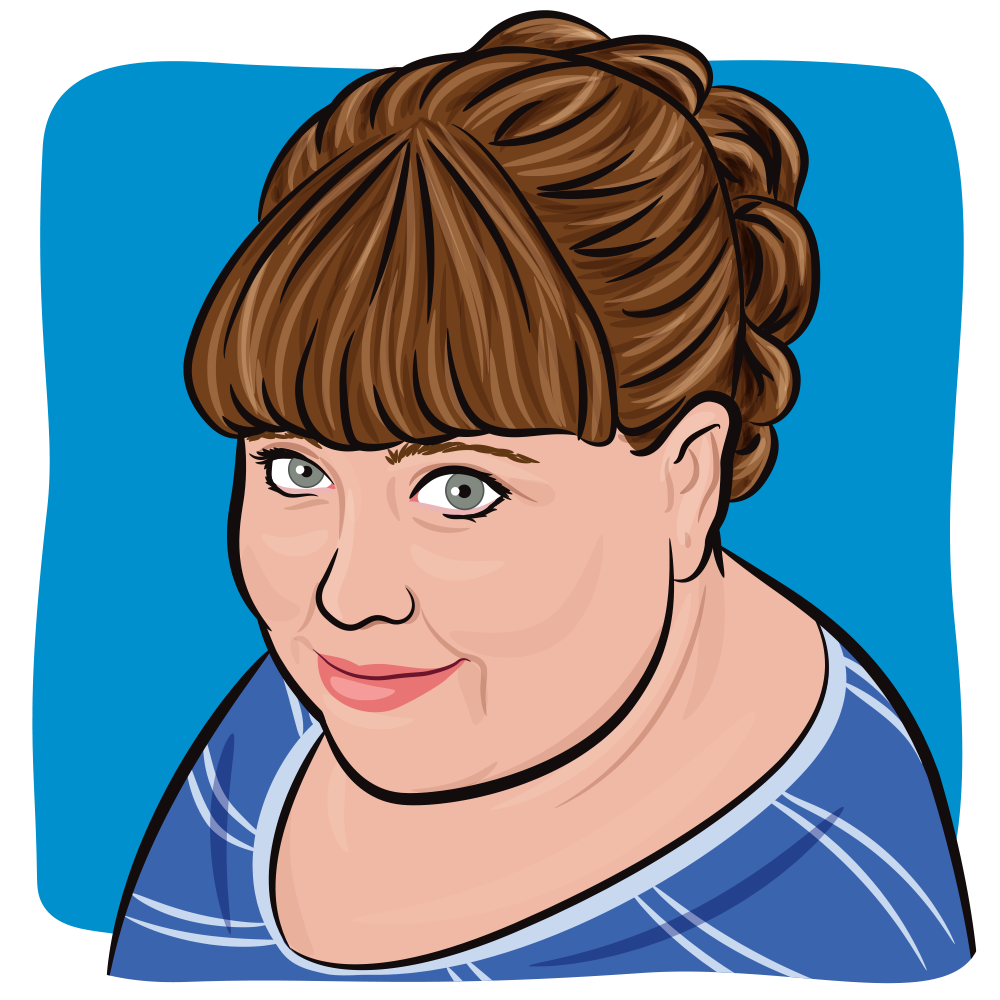Article
The Importance of Age- and Disease-Specific Cancer Support
Author(s):
I learned that finding the right kind of support during and after a cancer diagnosis is truly invaluable.

After being diagnosed with cancer, after being given “the binder” or “the folder” (if you’ve ever been diagnosed with cancer, you know what I’m talking about – the stack of papers full of overwhelming information at the oncology clinic at the first appointment) it was hard to know where to start when it came to trying to build a support network. Certainly, everyone at the clinic encouraged this, but I was quite disappointed that they did not seem to have useful suggestions about where to go or how to do this.
In retrospect, some of that may have been because there is a plethora of cancer support organizations, both locally and nationally, without any sort of central directory of all of them. But in the moment, it didn’t seem reasonable to expect that a newly diagnosed cancer patient would have the emotional bandwidth to be able to do the research to find an organization or place that could provide this.
Nevertheless, I eventually reached a point where I recognized that I needed kinship and support from other cancer survivors. I started my online search for in-person support groups. I contacted local chapters of widely known cancer organizations, but none were able to suggest groups that were actively meeting or that seemed an appropriate fit. Then I reached out to my oncology clinic. Their response was that they were aware of a local support group for breast cancer patients like me, but that I would likely not be a good fit for that particular group, since it was mainly made up of women whose disease was metastatic. This is certainly understandable, but I was wholly disappointed that my clinic did not have an alternative suggestion for me.
After doing more research, I found a group made of up women with breast cancer, and I attended a support meeting. From the first moment I entered the room, I immediately felt uncomfortable and out of place. These women were literally decades older than me. Their concerns, while completely legitimate, did not bear any relation to where I was in my life at that moment. They wanted to talk about being around for their grandchildren — while Ididn’t even have children yet. I quickly realized that it was going to be of paramount importance that I find a place where other young breast cancer patients could relate to me, and I to them.
Eventually, I joined a local chapter of a support group dedicated to supporting young breast cancer survivors. It was here that I found people who were of a similar age, similar phase of life, and with whom I had common questions and concerns that we could freely discuss. The more meetings I attended, and the more people I met, the more I heard the same questions and concerns over and over again.Although everyone’s specific cancer journey is unique, there are most definitely common themes that are shared.
From this experience, it became glaringly evident that finding support, and finding the right kind of support, is critically important — just as important as treatment itself, in my opinion. Through trial and error, I did find my network which is made up of women who were willing to share with me their experiences and their truths. Learning from these “cancer peers” was immensely helpful to me as I began and continued my journey of healing from my own cancer.
What I have learned through all of this is that the collective wisdom of the cancer community, of people who have been there before you,is vastly underappreciated and underutilized. There are cancer survivors who are willing to be open and vulnerable about what they have experienced, and this can provide a sort of roadmap for people who come after them. Hopefully, that will make someone else’s journey just a little bit easier.
For more news on cancer updates, research and education, don’t forget to subscribe to CURE®’s newsletters here.




